The elusive cat that vanished from the U.S.
Known scientifically as Herpailurus yagouaroundi, the jaguarundi once prowled the southern fringes of Texas but has not been officially seen there since 1986. Despite its absence, the legend of this “yapping cat” continues to intrigue wildlife enthusiasts and conservationists alike. Some wonder whether it still hides in the brushlands of the American Southwest, unseen and unheard.
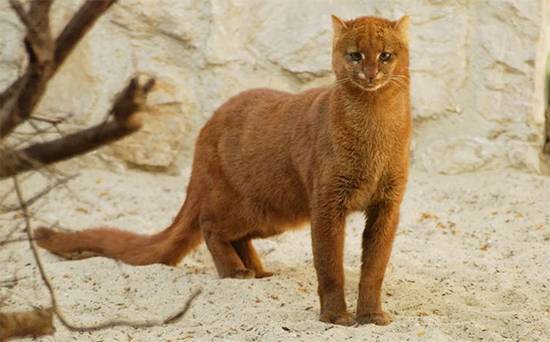
The jaguarundi’s disappearance from the United States highlights the delicate balance between wildlife and human expansion. Its secretive habits, combined with habitat loss, have turned it into one of the great unsolved mysteries of North American wildlife.
The cat that doesn’t act like a cat
Unlike most wild cats, the jaguarundi doesn’t fit the typical feline mold. Its long, slender body, short legs, and flattened head give it an otter-like appearance—earning it the nickname “otter cat.” Adults typically weigh between 8 and 16 pounds, with fur ranging in color from rusty-red to grayish-brown. This color variation once led locals to believe there were two separate species.
The jaguarundi is a creature of versatility. It thrives in a wide variety of habitats—from dense rainforests to dry scrublands—and can adapt to environments near rivers, farms, and open savannas. Unlike most of its feline relatives, this cat is primarily active during the day, using its agility to climb trees, swim, and leap with ease. Its adaptability once allowed it to thrive across a vast range of territory from South America all the way to the southern tip of Texas.
A voice like no other
One of the jaguarundi’s most remarkable traits is its wide range of vocalizations. Researchers have documented up to 13 different sounds, including chirps, yaps, growls, and a peculiar “wah-wah” call. Some of these noises resemble bird songs more than cat meows, making the jaguarundi particularly difficult to locate in dense vegetation.
These unique calls serve various purposes—from communication between mothers and kittens to territorial warnings. The jaguarundi’s “yapping” voice has fascinated biologists for decades, offering insight into its complex social behavior, which remains largely understudied due to the species’ elusive nature.
The mysterious disappearance from Texas
The jaguarundi’s confirmed presence in the United States ended with a tragic roadkill incident in southern Texas in 1986. Since then, sporadic reports of sightings have surfaced, but none have been verified through physical evidence or clear photography. The lack of confirmed encounters has led scientists to consider the species extirpated from the U.S.—meaning it has disappeared locally, though it still exists elsewhere.
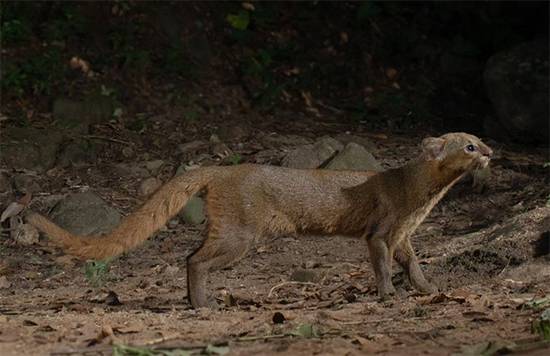
In Mexico, Central America, and parts of South America, jaguarundis continue to survive in shrinking habitats. A few unconfirmed reports from Florida have sparked debate about whether a small, non-native population descended from pets released in the mid-20th century might exist. However, without genetic or photographic evidence, this theory remains purely speculative.
Life and habits in the wild
Jaguarundis are opportunistic predators with a diverse diet. They hunt alone and silently, preying on small mammals such as rodents, rabbits, and birds. Occasionally, they will take reptiles, insects, or even fish when available. This hunting strategy makes them crucial players in maintaining ecological balance by controlling small animal populations.
The species prefers dense vegetation that provides cover from larger predators and human disturbance. Unfortunately, these areas often overlap with agricultural land, creating conflict with farmers. In rural regions, jaguarundis have been accused of raiding chicken coops, earning them the reputation of being “nuisance animals.” Despite this, they play a vital role in their ecosystems, keeping pest populations in check.
Why sightings are so rare
Several factors contribute to the jaguarundi’s near-invisibility. Its small size, muted coloration, and solitary lifestyle make it one of the most difficult wild cats to observe in the field. These animals are masters of stealth—moving close to the ground, avoiding open areas, and remaining motionless when threatened.
Beyond their natural elusiveness, human activities have further reduced their visibility. Habitat destruction, road development, and deforestation across their historic range have fragmented their territories. Without sufficient connected wilderness, the jaguarundi’s chances of returning naturally to Texas or other U.S. regions remain slim.
Can the jaguarundi return to the U.S.?
Some conservationists remain hopeful that the jaguarundi could one day return to American soil. However, successful reintroduction would require extensive habitat restoration and the establishment of safe corridors linking Texas to northern Mexico. Such projects would take decades of planning, collaboration, and funding to achieve.
The U.S. Fish and Wildlife Service has listed the jaguarundi as endangered within the country, recognizing the need for continued research and habitat protection. Even if reintroduction proves difficult, preserving the species in its native range ensures that it remains a living symbol of resilience and adaptability.
A creature of mystery and hope
The jaguarundi’s story embodies both mystery and hope. It reminds us of how easily species can vanish when their habitats are altered, but also how resilient nature can be when given space to recover. Whether or not the “yapping cat” still prowls the thickets of Texas, its legend continues to inspire curiosity and respect for the hidden corners of the natural world.
Perhaps one day, a hiker or wildlife camera will capture the unmistakable shape of a long-tailed, low-slung cat slipping through the grass—and the jaguarundi’s haunting call will once again echo across the southern U.S. landscape.

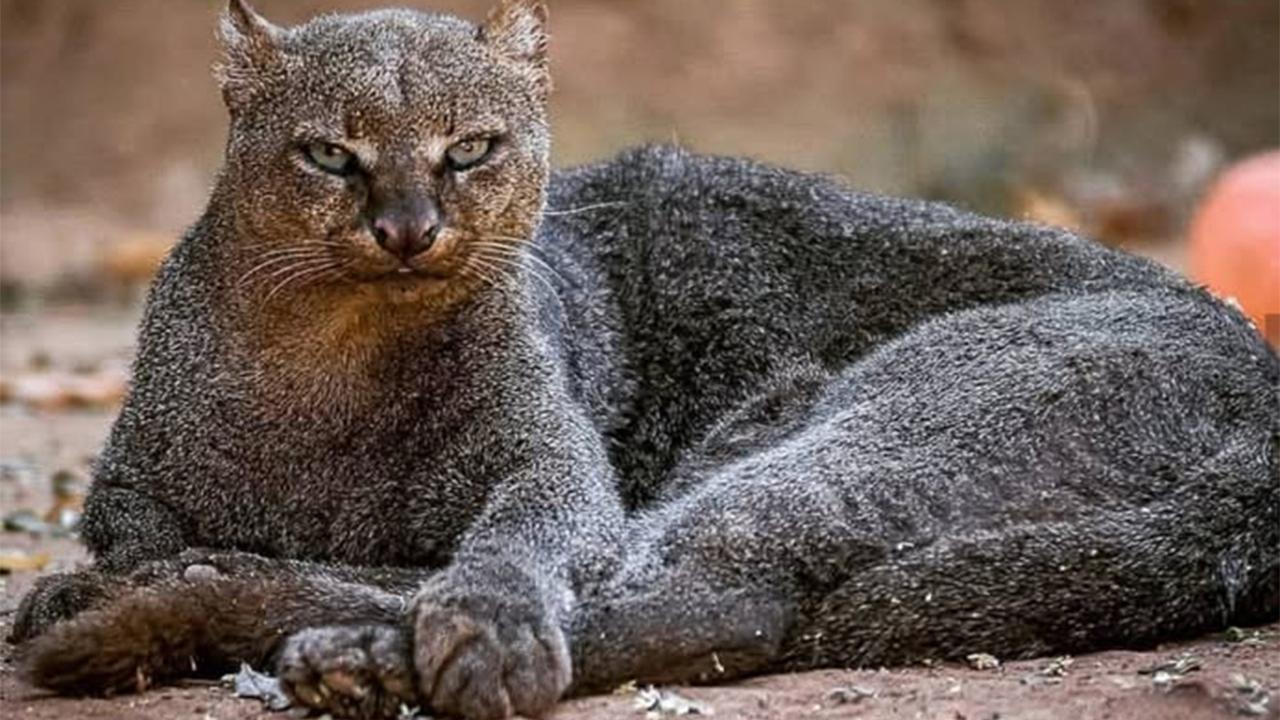
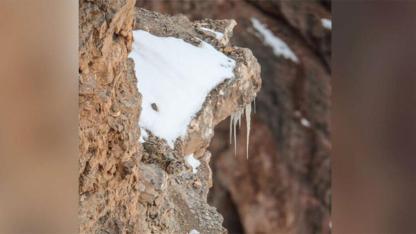


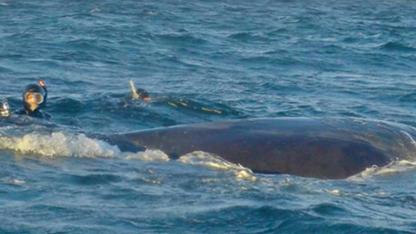
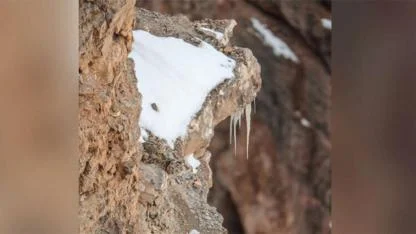


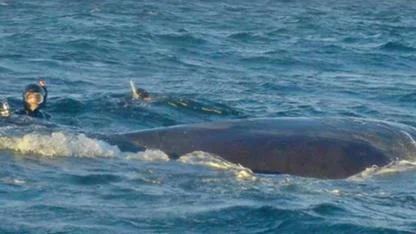

Yorumlar
Kalan Karakter: